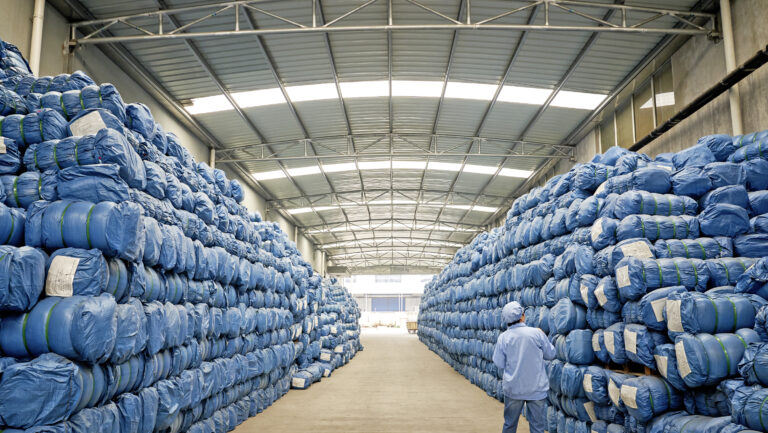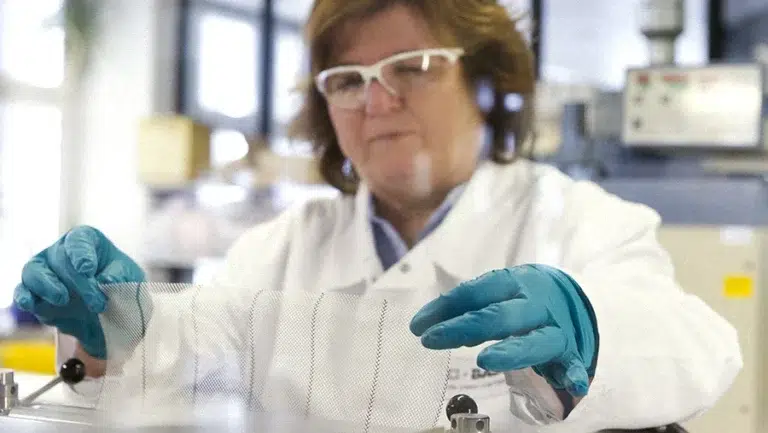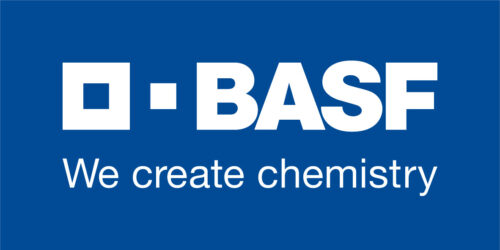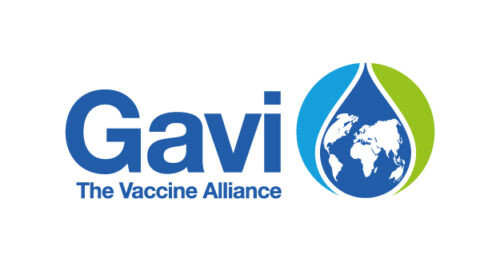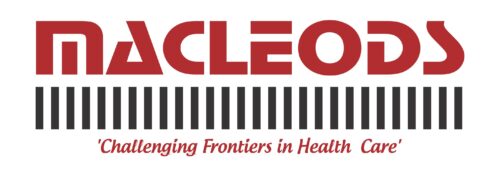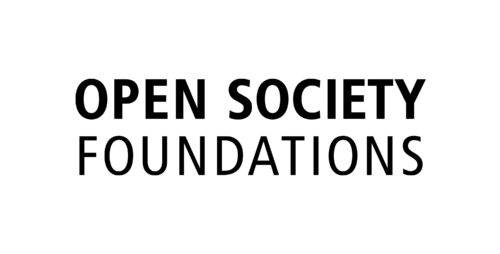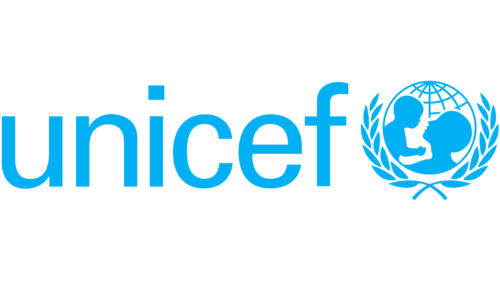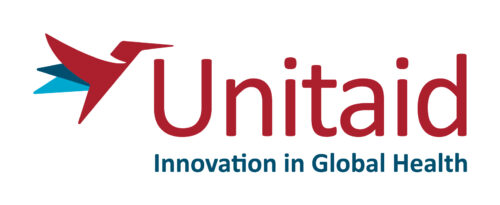How do advance market commitments and volume guarantees shape healthcare markets?
by Michelle Teo, Chief Investment Officer, MedAccess
30 November 2023 | Insight
In an ideal world, markets function perfectly. Buyers and sellers trade goods and services. Production and consumption are efficient.
In reality, market failures and inefficiencies exist. The impact of these market failures is stark in healthcare, compromising public health outcomes and increasing patient morbidity and mortality.
Market-shaping interventions can enable healthcare markets to function more efficiently. By targeting the root causes of failure, such interventions can lead to equitable and sustainable access to healthcare products.
Why do LMIC markets miss out on healthcare products?
Multiple challenges hamper the development and accessibility of healthcare products for use in low- and middle-income countries (LMICs). These challenges can occur anywhere along the value chain, including research and development (R&D), manufacturing, procurement, distribution and usage.
Whether a supplier decides to develop and/or supply a product, and at what price, depends on the business case for that product. Key to that decision-making process are forecasts on demand. Hence, lack of demand visibility can lead to market failure.
What financial tools exist to overcome the demand trap?
Creating demand (or visibility of demand) for a specific product can help drive private sector investment into developing and delivering that product.
Advance market commitments (AMCs) and volume guarantees are two such interventions that help provide certainty of demand. These terms are often used interchangeably, although the instruments are distinct. These two instruments can generally be summarised as:
- Advance market commitment: A forward-looking binding contract by buyers that guarantees a market for new products that meet a target product profile, at a pre-agreed price.
- Volume guarantee: Contract between a guarantor and a supplier, which guarantees that procurers will purchase a minimum quantity of an existing product over a period of time. In return, the supplier lowers the price of that product.
What specific failures do they address?
AMCs address market failures where products have not been developed or optimised for use. In the healthcare context, this occurs particularly for products for LMICs where there is limited profit opportunity and visibility into pace and quantum of demand. In such circumstances, it is understandable that suppliers are reluctant to spend large amounts in upfront R&D costs and expansion of manufacturing capacity.
Volume guarantees are structured to address several market failures, including the ‘high price/low volume’ trap which may arise where the demand for products is uncertain. Suppliers charge a high price as they anticipate low volumes and have limited visibility on demand. In response to the high prices, purchasers limit order volumes. This reinforces the high pricing, and also prevents lowering of production cost (and by extension price) by hindering opportunities for economies of scale, and impeding optimisation of production planning and capacity expansion.
What are their key contractual and legal features?
An AMC supports a supplier’s investments in R&D and/or production capacity for a future product by indirectly financing these investments. The AMC is a commitment to purchase that future product at a pre-agreed price and volumes.
The future product needs to meet a target product profile. For example, it could be a product that is effective against regionally prevalent disease strains, or a product presentation that is tailored for countries with limited cold chain support. The onus is on the supplier to develop such a product. The AMC is available to multiple suppliers, as long as the supplier’s product meets the product profile. As the product has yet to be fully developed and approved, the duration of the AMC is typically five to ten years, with purchases of the product occurring years in the future.
In contrast, a volume guarantee is with a specific company and covers an existing, specified product that is already, or is on the verge of being, in the market. By providing a contractual guarantee of demand volumes over a defined period, it reduces sales volume uncertainties, and supports product price reduction and economies of scale. Typically, a volume guarantee begins immediately, and lasts three to five years.
Both instruments focus on potential demand, but through different lenses. As the AMC is focused on an as-yet-undeveloped product class, committed volumes are based on theoretical demand for that product class, split between suppliers that eventually develop a suitable product. In contrast, a volume guarantee sets guaranteed volumes based on the expected demand for a specified product. Analysing and estimating this demand is driven by detailed information on the industry, particularly factors that could drive uptake of the specific product.
What is an example of an AMC?
The AMC was created as a financial incentive to encourage the development of vaccines, and gained prominence when it was first used to support pneumococcal vaccines that would protect against strains of the disease more commonly occurring in LMICs.
In advance of the development and licensure of a vaccine, donors and buyers committed to pay a minimum price per person immunised for an eligible product, up to a certain number of immunised individuals. This price was calibrated to a total potential revenue that allowed companies to recoup investment costs with a modest mark-up. There were two components to the price:
- a tail price – long-term sustainably low price at which the product would be sold post-AMC volumes (financed by purchasers)
- a subsidy that tops up the tail price to reach the pre-determined price (financed by donors).
This forward-looking binding contract was available to any company that would be able to manufacture a not-yet approved pneumococcal vaccine matching a target product profile, including predetermined safety and efficacy standards. ‘Winning’ company(ies) were not selected in advance, and R&D was not funded directly.
What is an example of a volume guarantee?
BASF was provided with a four-year volume guarantee, facilitating the supply of 35 million Interceptor® G2 mosquito nets to combat malaria. These innovative nets combined pyrethroid and chlorfenapyr insecticides, and were designed to specifically combat increasing mosquito resistance to insecticides.
With this greater visibility on demand, BASF committed to a lower, ceiling (or maximum) price, invested in scaling-up manufacturing capacity and market expansion, and benefitted from economies of scale. BASF committed to reducing the cost of the nets by an average of 40%, facilitated by the ability to better plan long-term resources. Additionally, the volume guarantee provided procurers and countries with predictability on price and visibility on longer term availability.
Are AMCs and volume guarantees magic bullets?
As with all market-shaping interventions, one must be rigorous in evaluating whether AMCs or volume guarantees are the appropriate instruments to solve specific access challenges. Not all situations warrant the need for interventions. For example, where innovation is stimulated by the ordinary workings of a conventional market, an AMC is unnecessary.
The impact of these instruments on the market can be both positive and negative, and one needs to consider the potential market evolution after the expiry of the instrument. For example, a volume guarantee may discourage new suppliers from entering the market, or the ceiling price may be unsustainable.
The successes and challenges of these instruments serve as a reminder to use them where needed and to design for long-term market shaping impact. These are powerful instruments that have been, and will continue to be, instrumental in increasing access to lifesaving products.
Related news

29 June 2023
Implementing volume guarantees for lifesaving health products
It is an exhilarating time at MedAccess as we share the far-reaching impact of our work implementing agreements for better…
